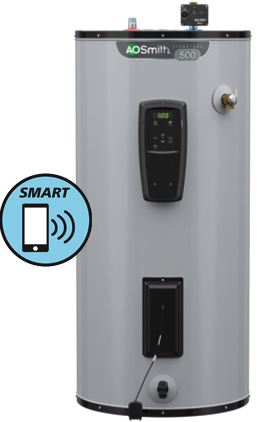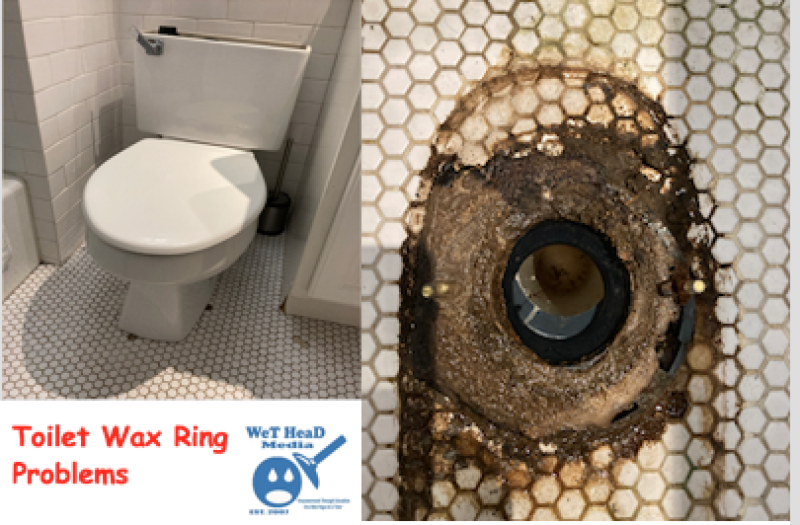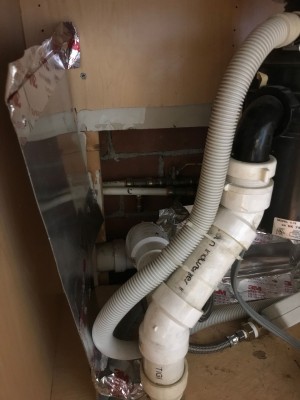Tools Needed For Your Routine Pool Cleaning Maintenance And Service
If you’re owner of a pool or hot spa at home, you would need to get familiar yourself with the basic aspect of water maintenance, routine cleaning and servicing, during or after the season.  No two technicians will approach a job in the same manner, so there is no right or wrong. At your regular weekly service accounts, you will develop a feel for what is needed week to week, season to season. At such calls, you will arrive at poolside with the right tools to do the job. At calls to new customers, you might study the pool before bringing in tools and chemicals, or you might try to anticipate what you will need and bring it with you. It would be best to fall in between, always bringing a few basics, doing the service work possible with those items while making a mental note of what else you need, then making one trip back to the truck for the extras.
No two technicians will approach a job in the same manner, so there is no right or wrong. At your regular weekly service accounts, you will develop a feel for what is needed week to week, season to season. At such calls, you will arrive at poolside with the right tools to do the job. At calls to new customers, you might study the pool before bringing in tools and chemicals, or you might try to anticipate what you will need and bring it with you. It would be best to fall in between, always bringing a few basics, doing the service work possible with those items while making a mental note of what else you need, then making one trip back to the truck for the extras.
Certainly everyone would agree with the idea that you save time if you bring all of your tools and chemicals with you, use what you need, and then return to the truck when finished. Some technicians try to do this, using wheeled carts that are specially designed to hold hoses, brushes, chemicals, and tools. Unfortunately, you may be in locations with heavily landscaped, steeply graded hillsides where you only arrive at the pool by foot. A wheeled device is impractical. Therefore, you may want to develop the style of going in with the basics and doing as much as possible before going back to the truck, usually a long way, rather than making a trip as soon as you discover what else is needed at the job site. As you start to work, invariably you discover other things you need that weren’t obvious in the first place, so making that mental list while you work at what you can, then making one trip to the truck, will work just right for you.
In any case, only experience and your personal style will determine how you approach a routine cleaning, a major cleanup, or other special service work. What follows is a description of what jobs you will face and what tools you will need to do the job. The rest is up to you. Here are reviews of the tools, then description on how to use them in a typical maintenance activity and in special situations.
Telepoles
The heart of the cleaning system is the telepole (telescoping pole). The one you will use most on pools is 8 feet long, telescoping to 16 feet by pulling the inner pole out of the outer one. The end of the pole has a handgrip or a rounded tip to prevent your hand from slipping off the pole. the tip might also include a magnet for picking up hairpins or nails from the pool bottom. There are several sizes, from a 4-foot (1.2-meter) pole that telescopes to 8 feet (2.4 meters), all the way up to a 12-foot (3.6-meter) pole that telescopes to 24 feet (7 meters). To lock the two poles together, there is a cam lock or compression nut ring.
The cam lock is a simple device. The hub is mounted to the end of the inside pole by drilling a hole in the center of the hub, passing a screw through the hole, and screwing this assembly into the tip of the pole. the hub is serrated, like a cog wheel, to grip the interior surfaces of the outer pole. the screw is set just off center so that it can create a circumference larger than the interior diameter of the pole. When you twist the two poles of the telepole in opposite directions, the cam swings to one side or the other in this large circumference, locking the two halves together. By twisting in the opposite direction, you unlock the poles.
When you purchase your first telepole, take it apart and observe how this cam system works. Sooner or later, scale, corrosion, or wear and tear will clog or jam the cam. Rather than buy an entirely new telepole, you can take it apart, clean it up, replace the cam if necessary, and get on with the job.
The other locking device for telepoles is a compression nut ring, like the plumbing compression rings described previously. By twisting the ring at the joint of the two poles, pressure is applied to the inner pole, locking the two together.
At the end of the outer pole you will notice two small holes drilled through each side, about 2 inches (50 millimeters) from the end and again about 6 inches (15 centimeters) higher. The various tools you will use are designed to fit the diameter of the pole. You attach them to the pole by sliding the end of the tool into the end of the pole. Small clips inside the tool have nipples that snap into place in one of these sets of holes, locking the tool in place. Other tools are designed to slip over the circumference of the pole, but they also use a clip device to secure the tool to the holes at the end of the telepole.
Telepoles are made of aluminum or fiberglass. The latter is more expensive but well worth the money. They are not only impervious to corrosion and virtually unbreakable, but they won’t kill you if you inadvertently touch them to an exposed overhead wire (not that rare) or insert them in a pool with an electrical short (rare). You might want to carry the 8-by-16-foot (2.4-by-5-meter) and 4-by-8-foot (1.2-by-2.4-meter) versions, because the long one is necessary for pools and the small one is more convenient for spas.
If you have a passenger car, and trying to keep all the equipments in the trunk, not too many cars can accommodate an 8-foot telepole, yet you needed the long pole for cleaning your pools. The solution would be a rig you can carry. Take two 4-by-8-foot (1.2-by-2.4-meter) poles and remove the handle grip from one. Then drill holes in each side of the handle area, actually the top of the inner pole, and inserted a tool clip. You can now able to attach this telepole to the other one, like attaching a tool. Thus, you have combined two 4-by-8-foot poles to make one 8-by-16-foot (2.4-by-5-meter) pole that was composed of four 4-foot (1.2-meter) sections with two cam locks and one clip–sort of like those breakdown billiard cues. This two-part telepoles will become easy to carry and store in the trunk of your car.
Leaf Rake
The net itself is made from stainless steel mesh and the frame is aluminum with a generous 16-inch-wide (40-centimeter) opening. There are numerous leaf rakes (deep net) and skimmer nets (shallow net) you can buy, but only the one pictured will last. the cheap ones are made from plastic net material and frames. Although the original price is about twice that of the cheap ones, metal ones last a long time and resist tearing when you are scooping out huge volumes of wet leaves after a windy autumn day. they also stand up to rubbing them along rough plaster surfaces, thanks to a rubber-plastic gasket that fits around the edge, unlike the plastic rakes that break or wear down when you apply such pressures.
The leaf rake shank fits into the telepole and clips in place as described previously. Be careful not to spill acid or other caustic chemicals on your leaf rake; both the metal and plastic mesh will deteriorate and holes will develop. some leaf rakes are designed so you can disassemble them and replace the netting, which is fine if you have the time and patience to do it.
Wall Brush
The wall brush is designed to brush pool and spa interior surfaces. Made of an aluminum frame with a shank that fits the telepole, the nylon bristles are built on the brush either straight across or curved slightly at each end. the curved unit is useful for getting into pool corners and tight step areas. Wall brushes come in various sizes, the most common for pool use being 18 inches wide. You can carry and 18-inch (45-centimeter) brush and a 6-inch (15-centimeter) brush that you would use for spas and tight places in the pool. You might also want to carry a 6-inch (15-centimeter) wall brush with stainless steel bristles for heavy stains or algae problems. Don’t ever use a wire brush that is not stainless steel in a pool or spa. Steel bristles can snap off during brushing and leave stains on the plaster when they rust. Also, if they are a bit rusty already, when you brush the plaster you will transfer the rust to the plaster, causing a stain.
Vacuum Head and Hose
There are two ways to vacuum the bottom of a pool or spa. One actually sucks dirt from the water and sends it to the filter. The other uses water pressure from a garden hose to force debris into a bag that you then remove and clean (leaf vacuum).
The vacuum head and hose are designed to operate with the pool or spa circulation equipment. the hose is attached at one end to the bottom of the skimmer opening and at the other end to the vacuum head. The vacuum head is also attached to the telepole. With the pump running, you glide the vacuum head over the underwater surfaces, vacuuming up the dirt directly to the filter.
Vacuum heads are made of flexible plastic, with plastic wheels that keep the head just above the pool surface. The flexibility of the head allows it to contour to the curvature of pool corners and bottoms. Adjustable-height wheels allow you to set the vacuum head to the best clearance for each pool’s conditions. The closer to the surface, the better the removal of dirt. but if the suction is too great, it might suck the vacuum head right onto the surface, rendering it immobile. In this case, adjust the head height upward.
Wheels for vacuum heads are made of plastic or high-tech composite resins. Their bearing systems can be as simple as a hole in the wheel through which the axle is inserted or wheels with ball bearings to distribute the load and help the vacuum glide smoothly. It is highly recommended you invest the few extra dollars for the resin, ball-bearing wheels for both your vacuum head and leaf vacuum. When you have tried each for a week, you’ll agree.
Some commercial vacuum heads are made several feet wide and are built of stainless steel. Another type is a plastic helmet style, with a ridge of bristles instead of wheels. This vacuum head is used for vinyl pools, fiberglass spas, and when breaking in new plaster. In each of these cases, standard wheels can tear or score the surface. The brush vacuum is not only less harsh, but it brushes dirt loose from the surface being vacuumed for easier removal.
Hoses are available in economy models (thin plastic material) through “Cadillacs” (heavy rubber-plastic material with ribs to protect against wear), and in various lengths [10 to 50 feet (3 to 30 meters)]. The hose cuff is made 1 ¼- or 1 ½-inch (38- or 40-centimeter) diameter to be used with similar vacuum head dimensions. Cuffs are female threaded at the end that attaches to the hose so you can screw replacement cuffs onto a hose. The best cuffs swivel on the end of the hose, so when you are vacuuming there is less tendency for the hose to coil and kink. another valuable hose fitting is the connector. It is designed with female threads on both ends to allow joining of two hose lengths–a useful feature when you encounter a large or extremely deep pool.
You can carry a 50-foot (15-meter) hose for pool work and a 10-foot (3-meter) hose for spas. Joining the two gives me 60 feet (18 meters), enough for even the largest residential pool.




You have mentioned some great pool cleaning tools in this post. Pool owners could also consider purchasing an automatic pool cleaner that would cut their pool maintenance time in half! Let the automatic pool cleaner do the work for you.